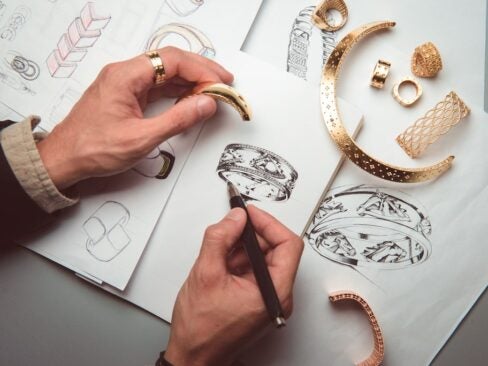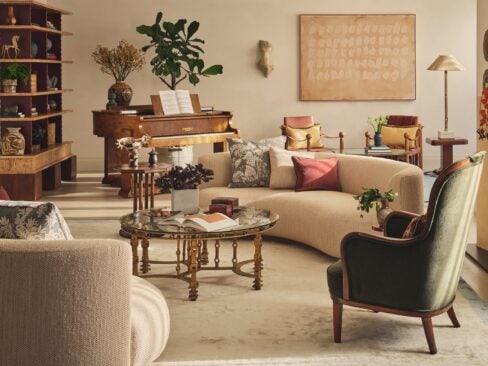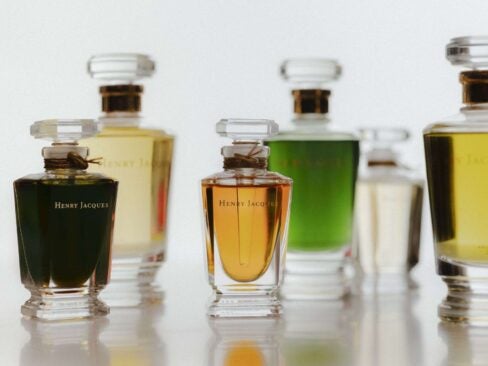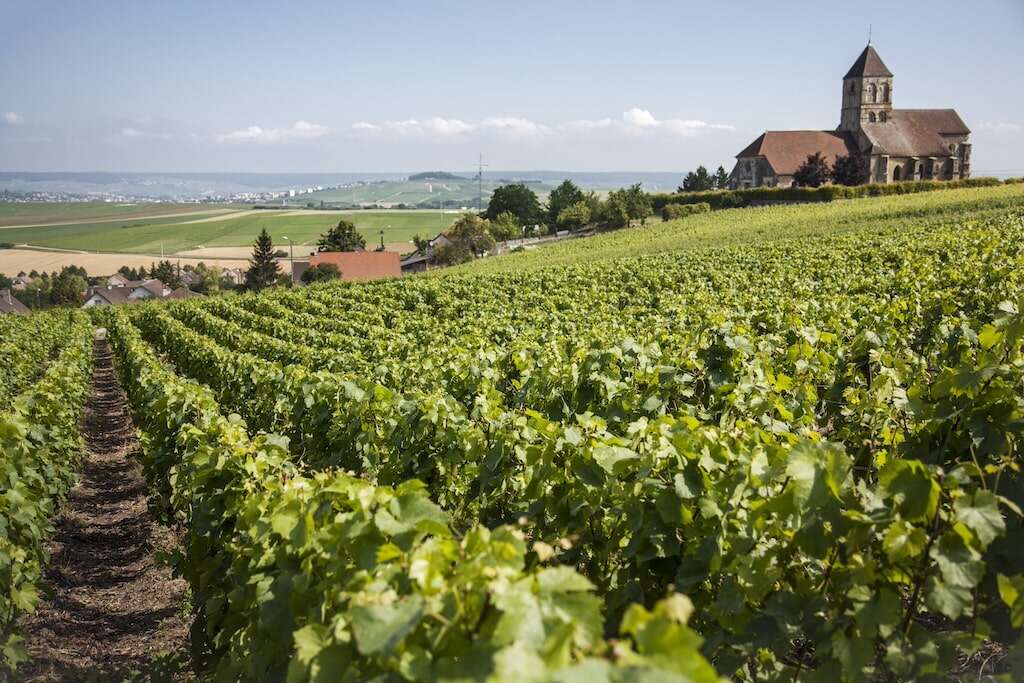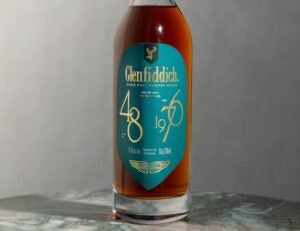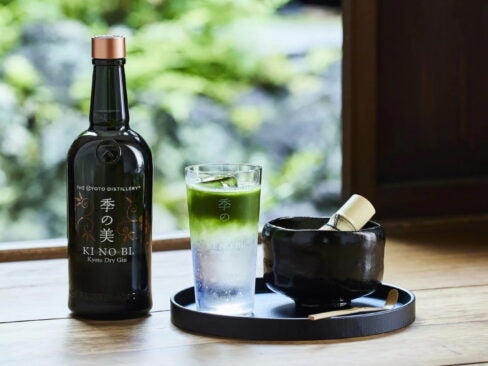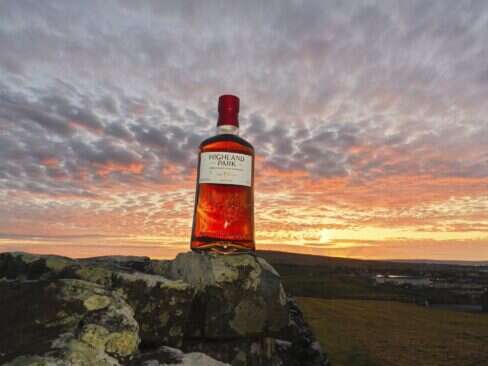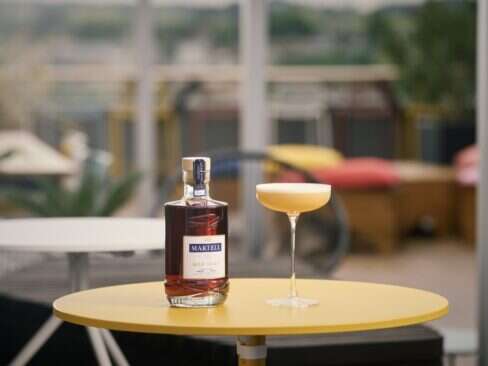We like to think of great wine estates as being timeless. To name one example, the Marchesi Antinori family has thrived in wine for 26 generations. But last year, when another Napa Valley icon, Joseph Phelps Vineyard, was sold, I started thinking about how sustainable the future might be for luxury wine.
Faced with challenges like climate change and economic uncertainty, there’s the temptation for heirs and family members to cash in. Orchestrating a smooth transmission of a wine estate from one generation to the next and sustaining its status demand dedication and commitment. But there’s much more.
To stay on top requires frequent injections of new energy, research and evolution; a willingness to experiment; and bold innovations. That’s why the wine world’s leaders are bringing in the younger generation, investing in sustainability, training a new labor force to preserve techniques, finding fresh ways to connect with wine lovers, and looking to art and tourism as ways to sustain their best wines.
[See also: New Sculpture by Yang Bao Unveiled at Donum Estate]
Looking ahead with Bollinger
James Bond’s favorite bubbly, Bollinger, turns 200 years old in 2029. To make sure it’s around for another century or two, it has ambitious plans. I heard about some of them at a tasting the company staged in a New York townhouse, and they sound like the biggest transformation the maison has known since its founding in 1829.
One essential: safeguarding its champagne style for the future. Aging in barrel is key, explained Bollinger’s resident barrel maker, so a new cathedral-like cellar open to the vines will hold 5,000 of them, and the brand began making barrels from its own forest five years ago. To maintain ancestral methods and expertise, Bollinger needs to train new workers, and plans to open its own School of Savoir-Faire in 2025.
[See also: Behind the Scenes at Bollinger: Two Centuries of Fine Champagne]
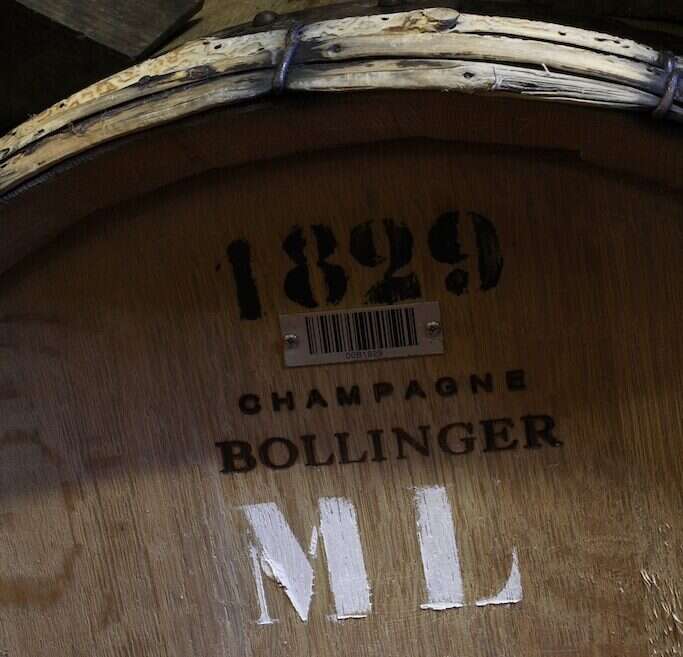
New investments in oeno-tourism to lure new drinkers and polish Bollinger’s image include transforming Maison Dueil on the estate to a boutique hotel and renovating Elizabeth Bollinger’s personal home and garden for a shop as well as tasting and reception rooms.
Bollinger is all in on the importance of experimentation with the launch four years ago of a new single village-based Pinot Noir bubbly, labeled PN. Each year it’s made with grapes from a different village. The PN AYC18 brims with energy and dried pear and warm pastry notes. There’s much more, including achieving B Corp certification status last fall for its strong commitment to social and environmental responsibility.
Reimagining a classic at Château d’Yquem
Even a classic estate like 400-year-old Château d’Yquem, which makes one of the most fabled sweet wines in the world, has to evolve to cope with changing fashions. Yquem’s golden-colored aura goes back to Thomas Jefferson, Russian dukes and royalty — the wine was served at Queen Elizabeth’s coronation in 1953. In the 19th century it was paired with roast beef.
Today, the vogue for sweet wines is long gone, and they’ve been relegated to dessert. “Yquem is a long story of a great wine,” estate manager Lorenzo Pasquini told me. But, he explained, “We have to change peoples’ mentality about its versatility, open up new possibilities for enjoying it, and give more people a chance to taste it at least once in their life.”
[See also: Abbaye de la Bussière Launch $50k Burgundy Wine Experience]

In 2022, the chateau launched The Lighthouse Program, in which 30 top restaurants, or ‘lighthouses,’ created a main dish on the menu to pair with a glass of Yquem. The chateau borrowed the concept from the chef at Hong Kong’s Caprice, who’d served an old vintage with a smoky duck dish. Last year, 15 additional restaurants joined the community, among them Sushi Nakazawa in New York. Sushi with sweet wine? It’s fabulous.
Current Yquem vintages are fresher and more crystalline than in the past, with more intense aromas and the taste of fresh white peaches and apricots. The 2022 vintage will be the first one certified organic.
A force for good at the Naples Wine Festival
At the end of January, I was in Naples, Florida, for the biggest annual wine charity auction in the US. It’s the climax of a several-day festival that was founded in 2001, and in 2024 the auction raised more than $33m, a record-breaking amount.
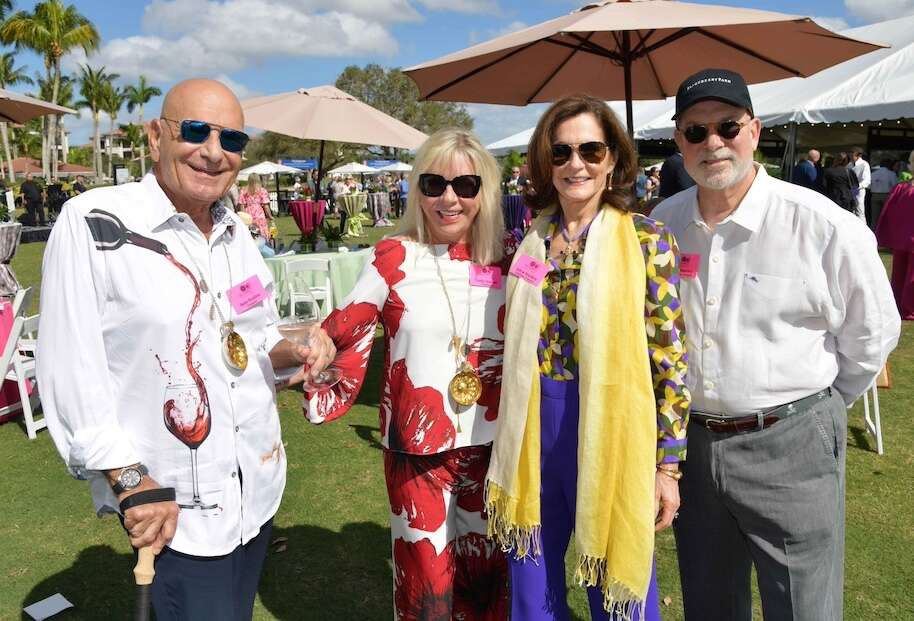
This year’s event drew nearly 30 illustrious vintners from Bordeaux, Burgundy, Italy, Oregon and California, like Frederic Faye from Château Figeac and Veronique Boss-Drouhin from Burgundy. And no wonder: The event is a fabulous way to highlight wines to wealthy collectors at walk-around tastings and intimate dinners featuring celeb chefs. Many vintners donate rare vintages, and exclusive dinners or overnight stays at their properties as part of a lavish auction lot.
It’s a win-win for both the vintners and the attendees, who have the chance to forge friendships with winemakers and sample wines they might not have tried before — like the new Château d’Estoublon Roseblood rosé that was dispensed from a cute cart on the lawn outside the auction tent. And the festival itself has kept up to date by pulling in younger buyers, jazzier music and an energized atmosphere.
Art and wine at Château La Coste
Recently, I was sipping the best no-alcohol sparkling wine I’ve tasted yet while talking to Patrick McKillen, owner of Château La Coste near Aix-en-Provence. His vision for a wine paradise where people can relax, reflect and gather to share wine, art and food has been perfectly realized at his wine estate. Its peaceful landscape of olive groves, stone pines, lavender- edged vineyards, and gentle fields and hills is also home to great art and architecture, Michelin-starred restaurants and an elegant hotel.
When McKillen, an Irish international hotelier, property developer and passionate art lover, bought La Coste in 2002, his first priority was improving the wine with organic and biodynamic viticulture. He began inviting artist friends to visit and create artwork for the property.
The collection has grown to nearly 40 sculptures, all permanently displayed on the estate’s grounds, and famous architects have created striking spaces, like the unusual state-of-the-art winery by Jean Nouvel and an art center by Tadao Ando with regular exhibitions. You can wander them all, glass of rosé in hand.
Restaurants (there are now several) and Villa La Coste & Spa’s expensive art-filled suites followed, so people could stay longer to enjoy the art alongside the wine. But the vision continues to evolve: a massive exhibit of 85 works by Damien Hirst this past spring; more artworks in the future; a new, less expensive Auberge; and this year’s launch of two delicious no-alcohol rosés, one sparkling and one not, in artistic bottles under the NOOH label.
History and innovation with Taylor’s
Portugal’s dramatic Douro Valley, with its steep terraced vineyards above a wide river, is the home of lusciously rich vintage port that takes decades to mature. Taylor’s, once called the Rolls-Royce of port brands, has been around since 1692, and now owns multiple wine estates. And over the last 30 years, it has been at the forefront of local innovation.
Traditionally, port grapes were foot-trodden in ancient lagares (shallow open stone troughs) but, anticipating labor shortages, Taylor Fladgate created a mechanical foot to do the job. As fewer people age port for decades in their own cellars, CEO Adrian Bridge pushed the recent trend toward bottling very old and single-harvest tawny ports to enjoy right after purchase, some in re-creations of historical bottles. (The new 50-year-old Golden Age tawny is perfect for 50th birthday presents.)
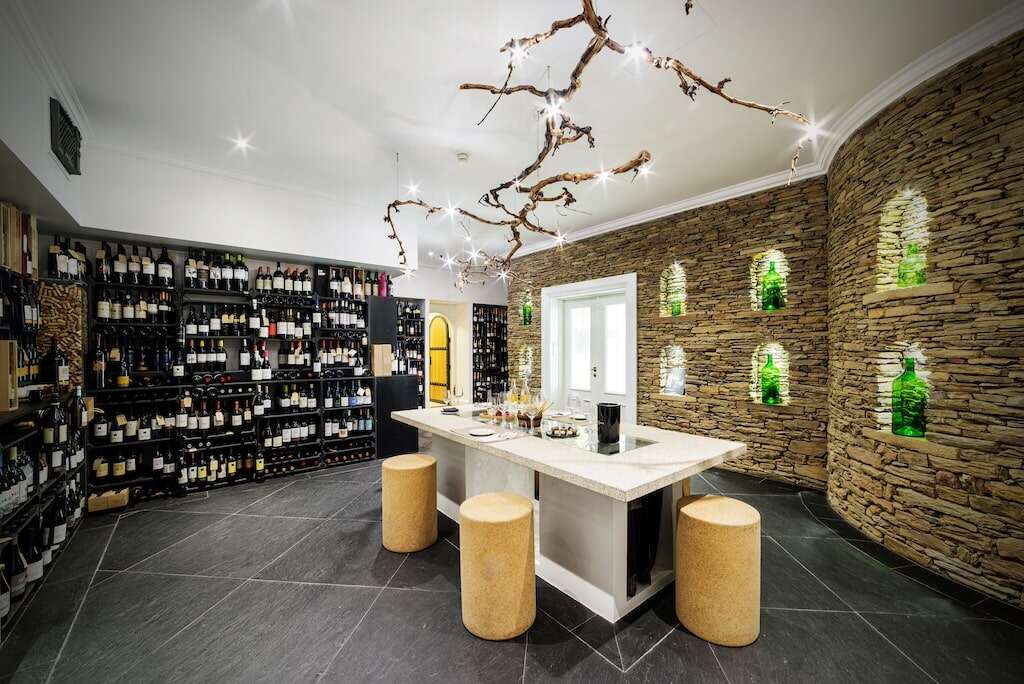
Bridge also saw tourism as a way to keep people interested in port. In 2010 he built the award-winning Yeatman Hotel in Vila Nova de Gaia, where port houses have aged their wines for over three centuries. He rejuvenated the area by masterminding WOW (World of Wine), a lavish cultural wine district that opened in 2020 in the middle of the pandemic.
He’s also passionate about combating climate change, and founded The Porto Protocol in 2018. The now-global movement aims to mitigate the wine industry’s environmental effects by sharing solutions and working together, with membership now numbering 250, spread across five continents.
Traveling the globe
This year is the 20th anniversary of a famous event called the Berlin Tasting, which forever changed the world’s perception of Chilean wines, and ensured the luxury status of the best ones for the future.
The man behind it, Eduardo Chadwick, presides over several high-end brands: Seña, Viñedo Chadwick and Don Maximiano Founder’s Reserve. He invited wine critics to a blind taste-off in Berlin to compare his wines against Bordeaux first growths like Château Lafite Rothschild and Italian icons such as Solaia. It was a bold gamble that worked.
To the surprise of everyone, two of Chadwick’s wines took the top spots, proving that the country’s wines could be world class. Over the next decade, he covered the globe, staging reenactments in all the world’s capitals — I attended the 2010 version in New York, and this year traveled to Chile in January to celebrate the 20th anniversary of the original.
Early on, he began building awareness of his top wines in China. More than a decade ago he enhanced the prestige and visibility of Seña and Viñedo Chadwick by putting them on La Place de Bordeaux, the unique trading system that has brought the pantheon of great Bordeaux to merchants and collectors in every corner of the world.
Curation is everything
In February, I walked into a recently opened wine store in New York; its centerpiece is a soaring, circular central rotunda topped with a mirrored ceiling. I spotted big bottles and pristine wooden cases of Château Pétrus, Domaine du Pegau, tête de cuvée Champagne, Grand Cru Burgundy.
This glamorous showcase for fine wine is the latest addition to family-owned Bordeaux merchant Millesima, whose cellars in Bordeaux are a Francophile’s dream — 2.5 million bottles of the best wines money can buy.
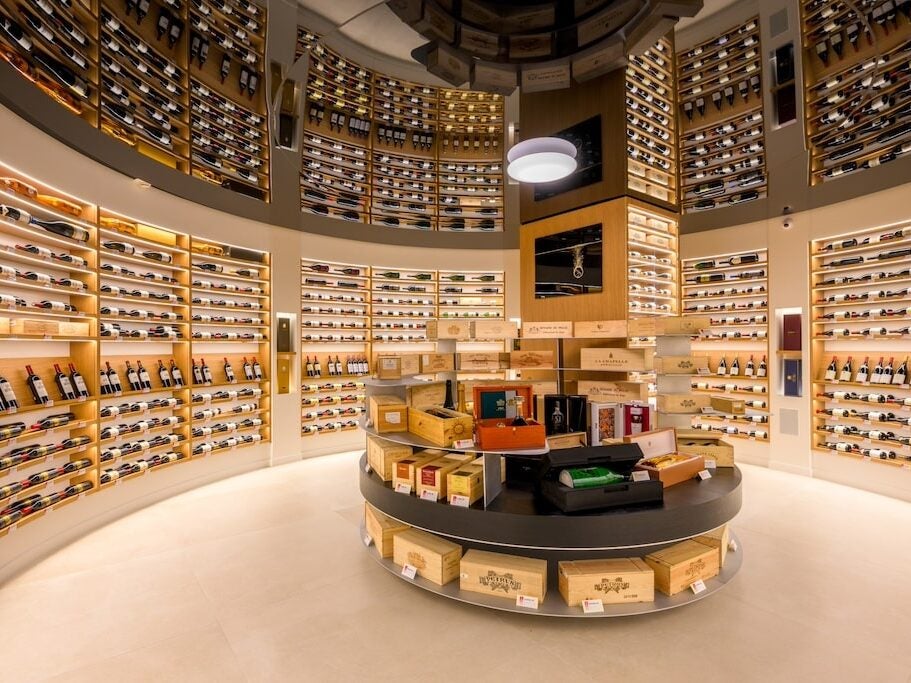
The négociant system, in which merchants buy directly from chateaux and sell the wines worldwide as futures and in bottles to importers and wholesalers, is centuries old. But Patrick Bernard, who founded Millesima in 1983, broke that mold. He was the first to begin selling directly to private clients; he embraced digital technology and became a top online retailer of fine wine. Then, he added stores in Saint-Tropez, Cap Ferret and New York.
The company, now run by Bernard’s son and daughter, has 150,000 private clients around the world and handles wines from about 1,000 producers. The glitzy, expanded New York store is the flagship. “The selection is carefully curated,” Bernard said. “To succeed selling luxury wine, you have to focus.”
[See also: Humble Beginnings to Global Success: The Story of Laurent-Perrier]


